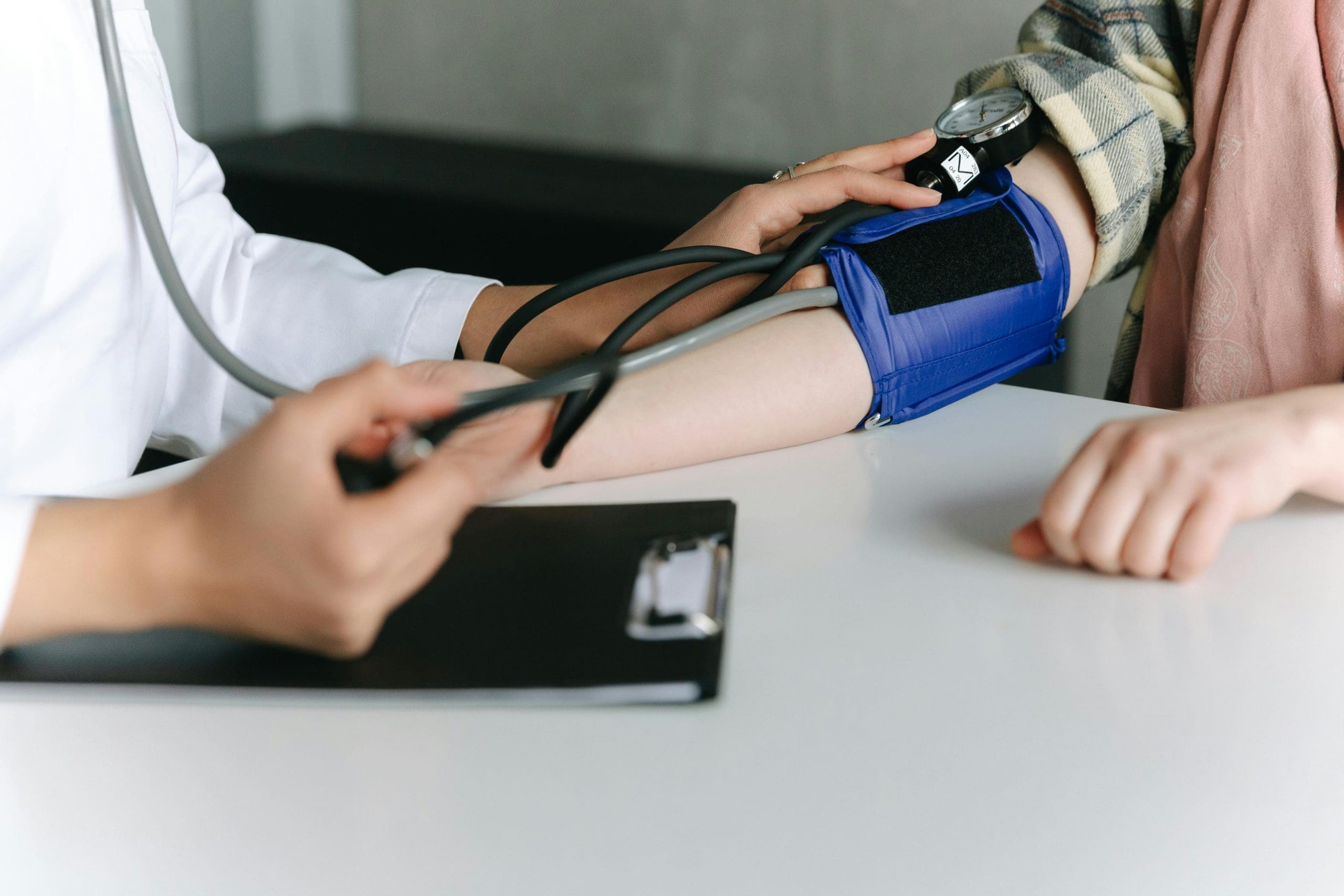Rose Jacobs, age 82, is transferred from the emergency department to the medical-surgical unit with a severe urinary tract infection (UTI). Her medical history includes coronary artery disease and osteoarthritis. She has had a fever for the last few days and reports she felt “weak” in the days leading up to admission.
History and assessment hints
On admission, Mrs. Jacobs is started on I.V. fluids and antibiotics. Her weakness seems to improve after 16 hours. When you arrive in her room to administer her antibiotic dose, Mrs. Jacobs is standing and tells you she feels dizzy. As you ease her back into bed, you note she is pale and her skin is cool and diaphoretic to the touch. Suddenly, she becomes unresponsive. You obtain a blood pressure (BP) of 70/40 mm Hg, heart rate of 75 beats/minute and regular, respiratory rate of 16 breaths/minute, and oxygen saturation (Sao2) of 92% on room air.
After activating the rapid response team (RRT) and contacting the physician, you give oxygen via nasal cannula at 2 L/minute. To help raise the patient’s BP, you lower the head of her bed, closely monitor her airway, and prepare to give additional I.V. fluids, if needed.
On the scene
By the time the RRT arrives, Mrs. Jacobs has slowly begun to respond to simple commands, but remains drowsy. Although able to speak, she can’t remember what happened. She still appears pale and diaphoretic, and denies pain or nausea. She tells you she “had something like this happen a few years ago” but can’t recall the details.
The RRT orders a 12-lead electrocardiogram (ECG), orthostatic BP measurements (to start once Mrs. Jacobs is able to stand), a complete blood count, and a chemistry panel. As ordered, you give an I.V. bolus of 500 mL normal saline solution. The team assesses for signs and symptoms of dehydration (a potential cause of syncope) by reviewing Mrs. Jacobs’ fluid intake and output and checking for decreased skin turgor, a late sign of dehydration.
The physician reviews Mrs. Jacobs’ medications, medical history, and laboratory results, which show a blood glucose level of 88 mg/dL. BP measurement taken 10 minutes later is 106/78 mm Hg—similar to her baseline. She now is more alert and her Sao2 level rises to 99%.
Outcome
ECG and blood test results are normal, leading the physician to conclude Mrs. Jacobs experienced acute vasovagal syncope. He reviews her current cardiac medications for possible hypotensive effects. She is placed on fall precautions and instructed to call the nurse when she first gets up from bed. You continue to monitor her vital signs and fluid intake and output.
Education and follow-up
Up to 40% of the general population has at least one syncope episode in a lifetime; vasovagal syncope accounts for about 20% of cases. This form of syncope is marked by reductions in heart rate, vascular tone, and cardiac preload. Triggers include stress, temperature extremes, pain, prolonged sitting or standing, dehydration, and low BP. It’s usually preceded by sweating, pallor, and nausea. In Mrs. Jacobs’ case, the episode most likely stemmed from her fever and UTI. Diagnosis typically comes from a thorough history and exclusion of other potential causes, such as orthostatic hypotension and certain medical problems (including myocardial infarction, hypoglycemia, and seizures). Treatment goals are to guard against physical harm and prevent recurrent episodes. In some cases, the physician adjusts medications (for example, reducing antihypertensive dosages) and recommends a low-sodium diet. Pharmacologic management may include beta blockers, serotonin reuptake inhibitors, or vasopressors to increase BP.
You teach Mrs. Jacobs about possible triggers, such as hot or humid environments, prolonged standing or sitting, and poor hydration. You advise her that if she starts to feel faint, she should lie down and loosen tight clothing. If the problem continues, she will likely need further tests, such as head-up tilt-table testing.
Visit www.AmericanNurseToday.com for a complete list of references.
Jennifer Dorman is a clinical nurse specialist and rapid response team member at Maimonides Medical Center in Brooklyn, New York.


















